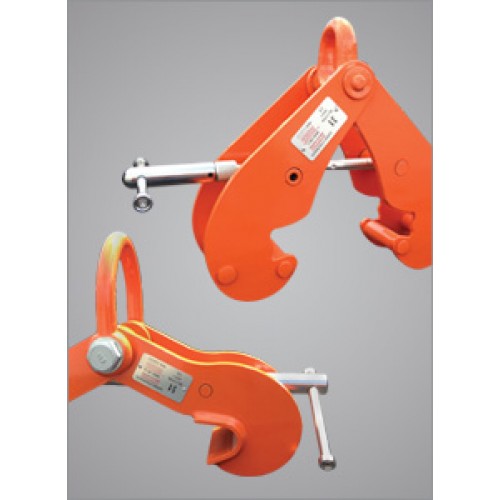 Maintaining and inspecting industrial equipment like the Elephant C-21 Chain Hoist is crucial for operator safety and equipment longevity. However, it's important to note that not all inspection and maintenance practices are the same. Each piece of equipment requires a tailored approach, with specific procedures outlined by the manufacturer.
Maintaining and inspecting industrial equipment like the Elephant C-21 Chain Hoist is crucial for operator safety and equipment longevity. However, it's important to note that not all inspection and maintenance practices are the same. Each piece of equipment requires a tailored approach, with specific procedures outlined by the manufacturer.
The Elephant C-21 Chain Hoist demands precise attention to detail during inspection and maintenance. This article will focus on the correct methods for maintaining and inspecting this specific hoist model, ensuring it operates safely and efficiently. By following the detailed instructions provided by the manufacturer, users can extend the life of their hoist and maintain its performance at optimal levels.
Understanding the Elephant C-21 Chain Hoist
The Elephant C-21 Chain Hoist, a heavy-duty lifting device, is a cornerstone in various industries thanks to its reliability and efficiency. Its ability to handle substantial loads while maintaining a lightweight profile compared to other hoists makes it an invaluable asset. The Grade 105 galvanized load chain, meeting the rigorous German DIN 5684 standard, and the heavy-duty frame that ensures durability are vital benefits. The C-21 hoist's long-lasting friction discs and exceptional wear resistance make it a trusted tool in environments where safety and durability are non-negotiable, underscoring its importance in industrial operations.
Critical Tips for Inspection and Maintenance
1. Inspecting the Load Chain and Hooks
The load chain of the Elephant C-21 Chain Hoist is not just a component but a critical part of its operation. Regular and meticulous inspection is crucial. Users must check the chain for wear, elongation, or deformation signs, ensuring it meets the original specifications provided by the manufacturer. Any deviation should be addressed immediately. Inspecting the triple falls on the 5-ton model is especially important, as these can experience more wear. The hooks should be checked with utmost care for any signs of damage or distortion, ensuring they maintain the necessary safety factor. It is designed to be four times the maximum load capacity or even five times for units up to one ton.
2. Maintaining the Friction Discs
The friction discs in the C-21 hoist are designed for longevity but require regular maintenance to ensure proper functioning. The standard thickness of these discs should be maintained at 2.5mm for capacities up to five tons, with a maximum allowable reduction of 2.25mm. If the discs fall below this threshold, they must be replaced to prevent slippage and maintain the integrity of the hoist’s braking system. This regular maintenance is not just a task; it's a crucial part of ensuring the hoist's safety and performance.
3. Checking the Hand Wheel and Pinion Shaft
The hand wheel and pinion shaft are critical components that must be regularly inspected. The position of the check washer on the pinion shaft is critical, as incorrect positioning can result in brake failure. The manufacturer provides detailed instructions on how to position the check washer correctly, and it is crucial to follow these steps to ensure the smooth operation of the hand wheel and the overall safety of the hoist.
4. General Maintenance Practices
General maintenance practices for the Elephant C-21 Chain Hoist include keeping the frame, hand chain, and all moving parts clean and debris-free. The hoist is designed to operate in extreme temperature ranges, from -20°C to +130°C (-4°F to +266°F), so it is essential to ensure that it is used within these parameters to avoid undue stress on the components. Additionally, using the original Elephant long-life chain designed explicitly for this hoist is vital, as using non-genuine parts can compromise safety and functionality.
Ensuring the Longevity and Safety of Elephant Hoists
The methods of inspection and maintenance for the Elephant C-21 Chain Hoist are not just routine tasks but essential practices that ensure the equipment's reliability and safety. By carefully following the manufacturer’s guidelines, particularly concerning the load chain, friction discs, and hand wheel, users can keep the hoist in peak condition. Using original parts, such as the long-life chain, is crucial for maintaining the hoist’s safety and performance. Proper maintenance will extend the life of the C-21 hoist and ensure it remains a dependable asset in any industrial operation.
Related Reading